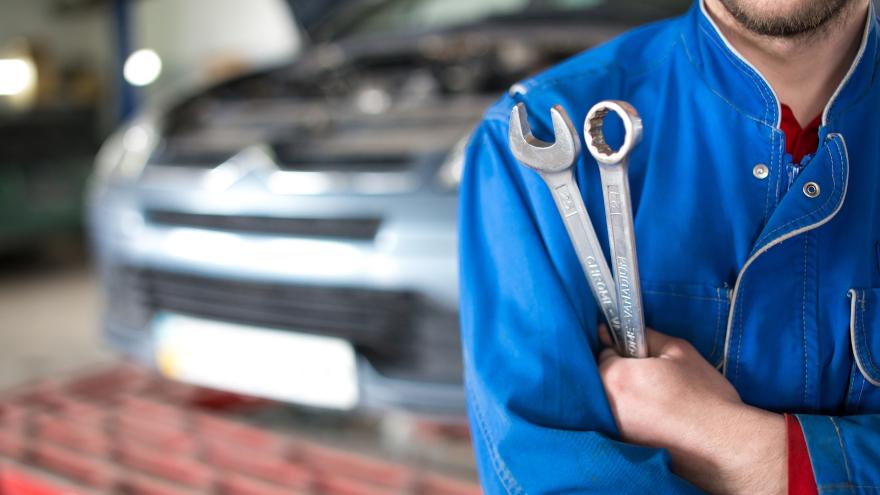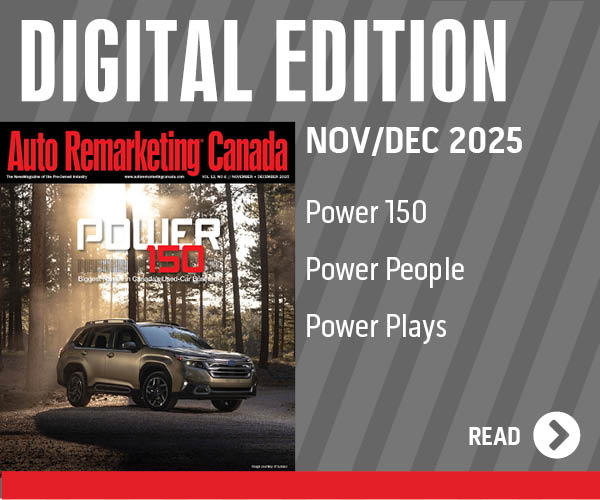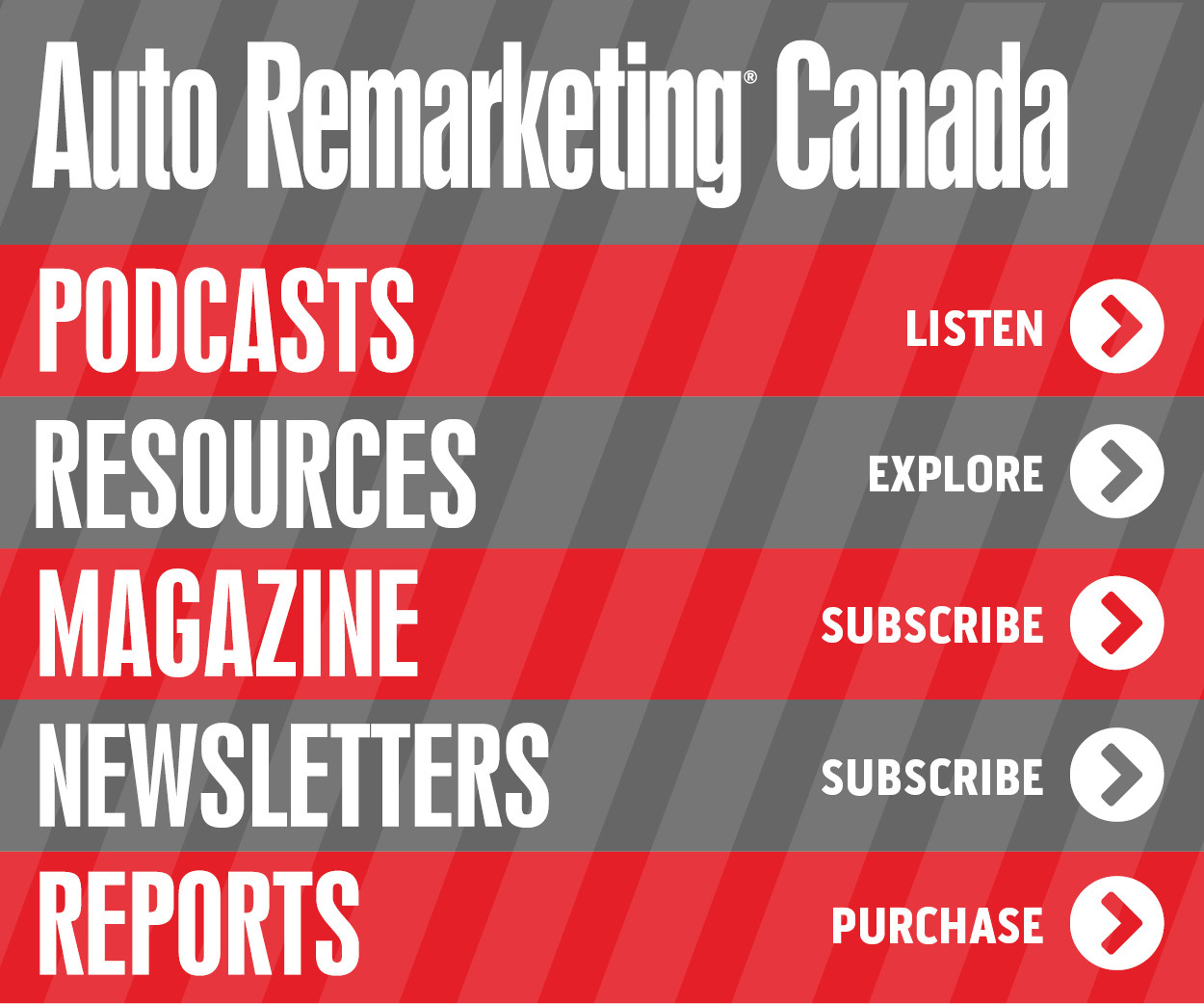As dealership service departments surge, Lexus Downtown says ‘hand off’ is key

By subscribing, you agree to receive communications from Auto Remarketing and our partners in accordance with our Privacy Policy. We may share your information with select partners and sponsors who may contact you about their products and services. You may unsubscribe at any time.
Service departments have always been a crucial part of franchised dealers' businesses and used-car inventory pipelines. And this year, this reality has been pushed to the forefront with a boom in the service industry’s market value in Canada.
According to J.D. Power Canada’s recent 2022 Canada Customer Service Index, 2022 will end the year with service industry value sitting at $10.9 billion. This is up from $6.6 billion in 2021 — and up from 2019’s pre-pandemic level of 2019. (For more info stemming from the recent study, see the Auto Remarketing Canada story covering the results.)
According to J.D. Ney, automotive practice lead at J.D. Power Canada, the main drivers behind this trend come down to pent-up demand for repairs not made during the most drastic COVID-19 lockdown restrictions. Drivers are also driving more since restrictions have lifted, which means more service needs as mileage wracks up.
Ney cited the fact that as vehicle prices remain astronomically high, many drivers are choosing to hold onto their old vehicles rather than trade them in; instead making the expensive repair rather than turn the vehicle in and get in a new ride.
With the headwinds in the service industry in mind, Auto Remarketing Canada spoke to Mark Glyn-Williams, fixed operations manager at Lexus Downtown in Toronto, about the changing service landscape — as well as the stalwart benchmarks of a luxury dealer’s service department.
At his dealership, he calls October a “teeter-totter month”, during which the temperatures start dipping, and the influx of customers for Canadian “tire season” gear up and begin flowing through near the end of the month.
Subscribe to Auto Remarketing to stay informed and stay ahead.
By subscribing, you agree to receive communications from Auto Remarketing and our partners in accordance with our Privacy Policy. We may share your information with select partners and sponsors who may contact you about their products and services. You may unsubscribe at any time.
“Also, we are coming off that fall season, when kids are going back to school, schedules are being resumed as usual. And the world is just, you know, opened up yet again,” said Glyn-Williams. “I believe there is definitely some pent-up demand for service.”
He also explained, symbolic of interest rates going up along with high used- and new-vehicle prices, customers are in a bit of a “holding pattern.”
“So, whenever I feel that there's that hold pattern, I feel that people will just decide, ‘you know what, I'm gonna put new tires on this thing. I needed them for the last maybe two or three years, and I held off because of that potential new purchase,’” said Glyn-Williams. “But because of that situation (high prices), maybe they're just more willing to actually get a car serviced, instead of making the move into a new vehicle.”
For all dealerships — but often luxury, in particular due to high customer standards and expectations — trust in the service department is key not only to service dollars, but also to retaining customers as a whole.
According to Glyn-Williams, the biggest factor for his dealership is the “hand-off.”
When a client purchases a vehicle, and taking delivery, “You need to find ways to ensure they remember you,” he said.
Glyn-Williams said that one way to do this is “to set appointments very much like the dental world has mastered … I feel that the retention is really in making an expectation of an appointment.”
Downtown Lexus has a strategy that achieves just that. Downtown Lexus has what Glyn-Williams calls a “very short interval of service after the delivery of a new vehicle.”
This first set service visit, completely free, is a pre-scheduled 1,600-kilometer service visit.
This service, in a nutshell, allows Lexus customers to get to know the vehicle, during the “honeymoon stage,” according to Glyn-Williams. In other words, after a few hundred kilometers in the car, the customers have a better idea of the technology and how they can use it, as well as what customers want out of their car.
And this might require training the customers, or items that can be pre-set by the dealership. And this is what that 1,600-kilometer appointment is all about.
“That appointment is there to allow clients to decide on preferences. And so we bring that client back, and they're coming in with a sheet that basically categorizes all of those comfort items for them… about how they want their vehicle to respond, and that enjoyment of what they felt that Lexus was all about,” said Glyn-Williams.
In other words, this appointment, pre-scheduled by the dealership, brings in the client to customize their vehicle even further to their preferences.
“It allows the customer an opportunity to learn a little bit more about their vehicles,” he said. “So when they leave, the experience has actually gone up tenfold.”
And another free service occurs at 8,000 kilometers. And these services are just the start.
“I think that really anchors the clients to you to ensure that they're coming back for servicing, because these are free services,” Glyn-Williams said.
It’s crucial to secure an appointment before they leave the dealership with that vehicle or on delivery of the car, so those appointments are already in the system.
“We incentivize to ensure those things are all really happening,” Glyn-Williams said. “And I think by doing that it's a very good way to ensure that clients are coming back to service, and the retention is there.”
Visibility is also key, throughout the entire service process.
“We let them know where they are, in terms of the service queue, and expectations of when we expect their vehicle to go in,” he said.
The dealership has eyes on the vehicle at all times, and they follow up via text platform.
“We are offering text messages and responding fast … quick little messages saying, the vehicle's not in the shop yet, and I’ll be reaching out to you by phone to bring you up to date,etc.,” Glyn-Williams said.
Lexus Downtown goes by what it calls the “10 o'clock and a 2 o’clock” process.
“So, we basically make sure that there's interaction with those clients at 10 am and 2 pm while we have the vehicle for service, and we also update in between,” he said.
“We are basically controlling the situation and ensuring that we are ahead, and we are always reaching out to the client before the client reaches back to us,” Glyn-Williams said.
Lexus Downtown offers valet services, as well, but the key is visibility throughout the whole process.
As far as the outlook for the rest of 2022 in terms of service output, Glyn-Williams expects a steady flow.
“I find that people are just willing to put their money in the category of repair rather than the category of purchase at this particular point in the year. In terms of preparation, people are maybe preparing for a harsher winter… So I feel that that boost is gonna be there, and I hope that everyone in the industry is enjoying that, as well,” Glyn-Williams said.


